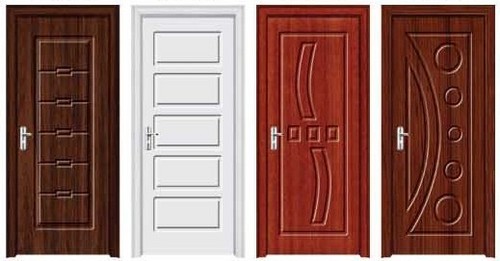Contact : +91 90660 07707
PVC Door Manufacturing
PVC (Polyvinyl Chloride) doors have gained immense popularity in recent years, owing to their durability, low maintenance, and cost-effectiveness. The manufacturing process of PVC doors involves several stages, ensuring that the final product meets quality standards while catering to the diverse needs of consumers.
Raw Material Selection
The primary raw material for PVC door manufacturing is polyvinyl chloride resin, which is often combined with other additives to enhance its properties. These additives may include plasticizers, stabilizers, and pigments. Plasticizers improve flexibility, stabilizers enhance durability against UV radiation, and pigments provide the desired color. The quality of these raw materials is critical as they directly impact the performance and longevity of the doors.
Extrusion Process
The first step in the manufacturing process is the extrusion of the PVC material. This involves melting the PVC resin and forcing it through a die to create the desired shape of the door frame and panels. The extrusion process allows for a continuous length of material to be produced, which can then be cut to size. The use of advanced extrusion machinery ensures uniform thickness and density, which are vital for strength and insulation.
Forming the Door Structure
Once the PVC material is extruded, it is shaped into the components of the door. Manufacturers can create hollow or solid profiles, depending on the desired insulation properties and structural strength. Hollow doors are often favored for their lightweight nature and thermal insulation capabilities. In contrast, solid doors provide enhanced security and durability.
Reinforcement and Core Filling
To improve the structural integrity of PVC doors, manufacturers often reinforce them with steel or aluminum cores. This reinforcement process involves inserting metal frames or bars into the door structure, significantly enhancing its resistance to impact and wear. Additionally, some manufacturers fill the door panels with insulation material, such as polyurethane foam, to improve energy efficiency and sound insulation.
Surface Treatment
The surface of PVC doors undergoes various treatments to enhance their appearance and resistance to environmental factors. Common treatments include lamination, which provides a decorative finish, and co-extrusion, where a layer of color is fused onto the surface during the extrusion process. These treatments protect the doors from scratches, UV radiation, and moisture, extending their lifespan.
Quality Control
Quality control is a critical aspect of PVC door manufacturing. Manufacturers conduct rigorous tests to ensure that the doors meet industry standards for durability, weather resistance, and thermal efficiency. This may involve testing for tensile strength, impact resistance, and resistance to water absorption. By adhering to strict quality control measures, manufacturers can guarantee that their products will perform well in various conditions.
Packaging and Distribution
Once the doors pass quality inspections, they are packaged for distribution. Proper packaging is essential to prevent damage during transportation. Manufacturers often use protective wrapping and sturdy crates to ensure that the doors arrive at their destination in pristine condition.
Conclusion
The manufacturing of PVC doors is a complex process that combines advanced technology with quality materials. The benefits of PVC doors, including their low maintenance, durability, and energy efficiency, make them an attractive option for both residential and commercial applications. As the demand for sustainable and cost-effective building materials continues to grow, PVC door manufacturing is poised to play a significant role in the construction industry. By focusing on innovation and quality, manufacturers can meet the evolving needs of consumers while contributing to a more sustainable future.
